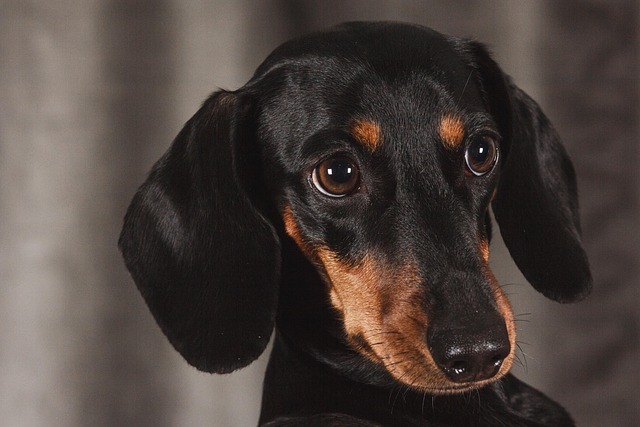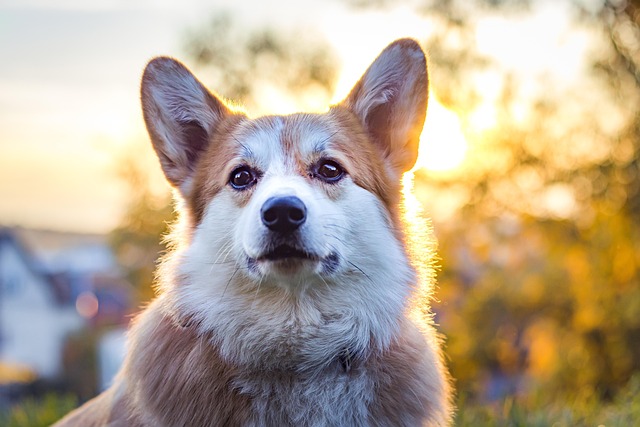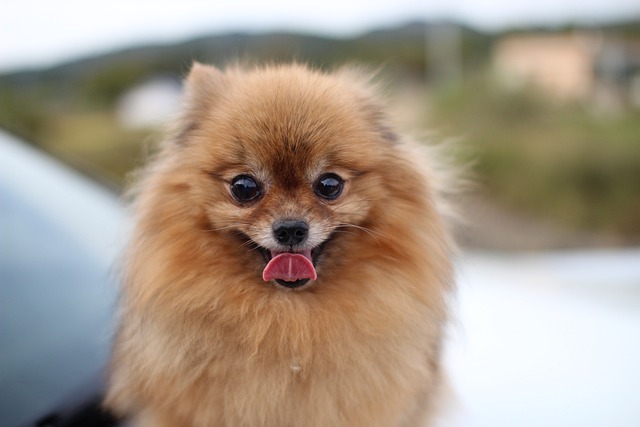
What are 5 common foods to feed dogs if they have an upset stomach
If you’ve ever watched your dog turn away from their food, then spend the next hour pacing and whimpering, you know the panic of an upset stomach.
You’re cozied up at home on a chilly evening, ready to enjoy some downtime, when your dog suddenly starts sneezing and coughing. Before you can fully process what’s happening, they’re vomiting, leaving you worried and unsure of what to do next. If your furry friend is experiencing a cold along with vomiting, it’s a stressful situation, but understanding what to pay attention to can make all the difference in helping them recover.
When a dog has a cold and vomits, several factors come into play. Dogs can catch colds from exposure to viruses in their environment, much like humans. Once the virus invades, it weakens the dog’s immune system. The irritation caused by the virus in the respiratory tract can sometimes spread to the digestive system, leading to nausea and vomiting. Additionally, the body’s inflammatory response to fight off the cold can disrupt normal digestive functions. In some cases, a secondary bacterial infection might develop, further complicating the situation and contributing to vomiting. Knowing these underlying causes is the first step in properly addressing your dog’s condition.
One of the top priorities is monitoring your dog’s hydration. Vomiting and a runny nose from the cold can quickly lead to dehydration, which can be dangerous for your pet. Offer small amounts of water frequently throughout the day. You can also consider using an oral rehydration solution formulated for pets to replenish lost electrolytes. But be vigilant—if your dog refuses to drink or vomits right after drinking, it’s a sign that their condition might be worsening, and you should seek veterinary advice immediately.
Another crucial aspect is managing your dog’s diet. In the early stages, it’s often advisable to fast your dog for 12 - 24 hours to give their upset stomach a chance to rest. After the fasting period, introduce a bland diet. Boiled chicken (without any seasoning) and plain white rice are excellent choices as they are easy to digest. Feed your dog small portions at regular intervals and closely observe how they react. If they keep vomiting after eating, stop feeding and contact your vet without delay.

It’s essential to keep a close eye on all of your dog’s symptoms. Note the frequency and intensity of coughing, the color and consistency of the vomit, and any changes in their energy levels or behavior. This detailed information will be invaluable when consulting a veterinarian. In many parts of the US and Europe, having your dog’s vaccinations up - to - date, especially the core vaccines required by law, helps protect them from more serious illnesses that could present similar symptoms. Many pet owners also opt for pet insurance, which can cover the costs of unexpected vet visits for conditions like a cold with vomiting.
If you live in an apartment, maintaining a clean living space is a must. Vomit, along with nasal discharge from the cold, can spread germs and create an unpleasant environment for both you and your neighbors. Clean up any mess promptly using pet - safe disinfectants. When taking your sick dog out for essential bathroom breaks, follow community etiquette. Just like with regular waste, clean up any mess your dog makes during walks. Most cities have strict public cleanliness laws, and failure to comply can result in fines.
Positive reinforcement can also play a significant role in your dog’s recovery process. If they show signs of improvement, such as drinking water on their own or eating a small meal, reward them with gentle praise and affection. This positive interaction helps reduce your dog’s stress levels, which is beneficial for their overall well - being and can aid in a faster recovery.
In conclusion, when your dog has a cold and is vomiting, careful attention to hydration, diet, symptom monitoring, and a clean environment is key. By being aware of these important points and taking appropriate action, you can help your beloved pet get through this tough time and return to their happy, healthy self.

If you’ve ever watched your dog turn away from their food, then spend the next hour pacing and whimpering, you know the panic of an upset stomach.

If you’ve ever cleaned up diarrhea or watched your dog vomit after meals, only to feel helpless as they refuse their next bowl of food, you know the stress of a sensitive stomach.

If you’ve ever stared at the ingredient list on your dog’s kibble, wondering what “meat by-products” really are, you’re not alone. New dog owners

If you’ve ever noticed your dog suddenly shaking their head like a wet towel, or pawing at their ear until it’s red and sore, you might’ve wondered if they’re just being “naughty.”

Finding worms in your dog’s stool or noticing them scooting uncomfortably across the floor is enough to make any pet owner’s heart sink.

If you’ve ever dreamed of having a dog but hesitated because your eyes water and nose runs around furry pets, you’re not alone.